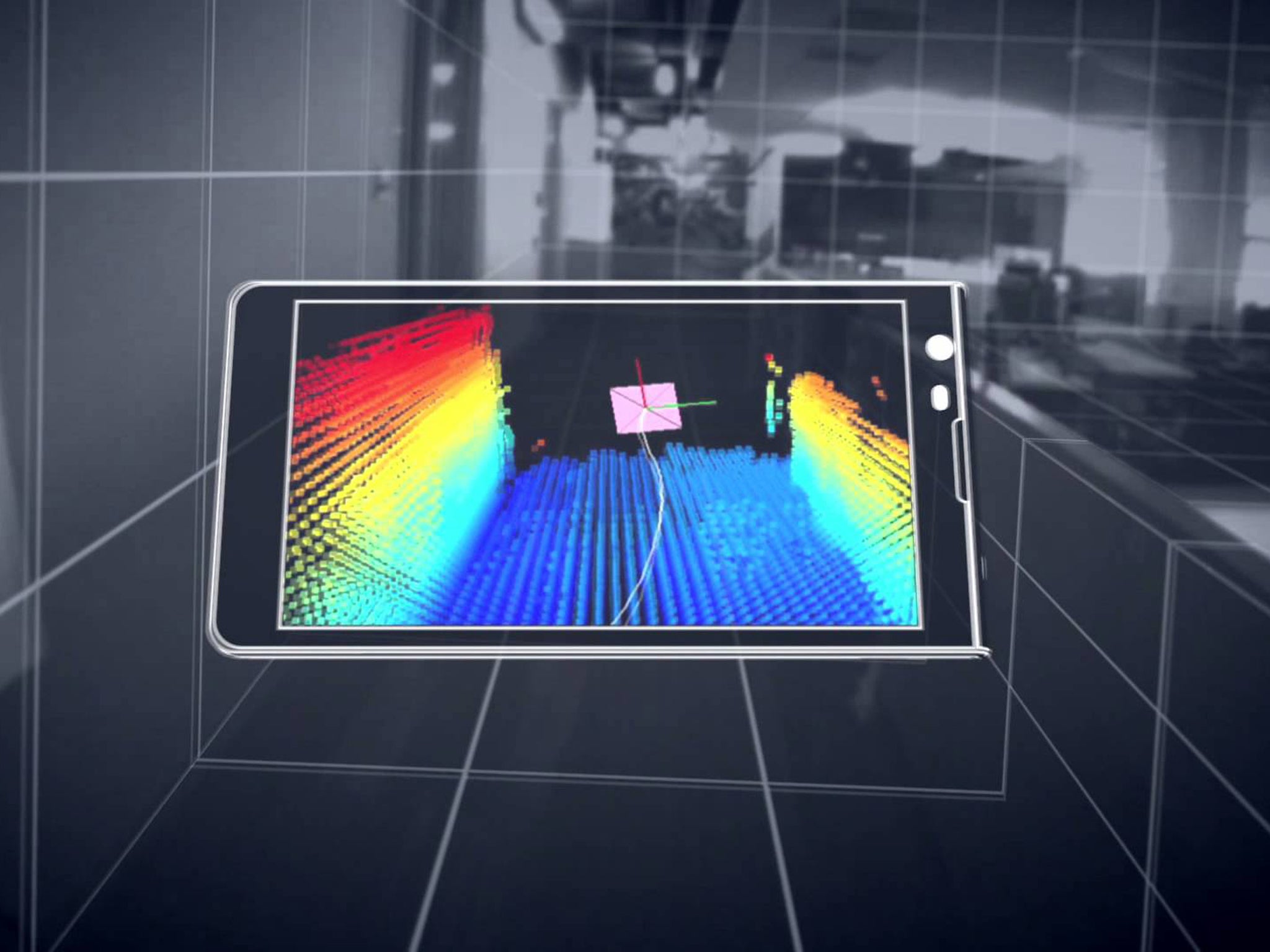Project Tango: Google to sell tech to 3D-scan the world this year
Kit could be used for augmented reality and helping make places accessible for people with sight problems

Project Tango, Google’s 3D-scanning camera, has graduated from Google’s experimental lab and is on its way to the real world.
The scanner began as a concept for a smartphone which would scan the world around it in 3D. It could then make that into a model that could be used for augmented reality or direct people to important things.
The technology could eventually be used for mapping out the dimensions of a home before buying furniture, or giving easy directions around a new building, Google says. It could also help visually impaired people by providing assistance for walking around.
It could eventually be integrated into games, too, allowing children to play hide and seek with animated characters or changing familiar locations into the sites of other animations.
It has now moved out of Google’s experimental Advanced Technology and Projects (ATAP) division, and into a “new home within Google”.
In a Google+ post announcing the move, ATAP said: “We're excited about the continued commitment to developing the technology for our users — we wish our fellow pirates fair winds and following seas.”
The move is likely to indicate that the technology could be on its way into consumer devices. Google is said to be working with LG to make a version of the technology that people can buy ready for release some time this year.
The Project Tango Development Kit allows other engineers to make apps using the technology. That has been used in projects such as Target’s augmented reality app, which scanned shop shelves and covered them in virtual snow.
That runs on a special tablet that was made for developers to try out the kit. It has also been released in a device the size of a phone.
The technology tracks people through a combination of “advanced computer vision, image processing and specialized sensors”, according to the project’s official page. It is built into the back of a tablet, which can show the results on the front.
Subscribe to Independent Premium to bookmark this article
Want to bookmark your favourite articles and stories to read or reference later? Start your Independent Premium subscription today.

Join our commenting forum
Join thought-provoking conversations, follow other Independent readers and see their replies